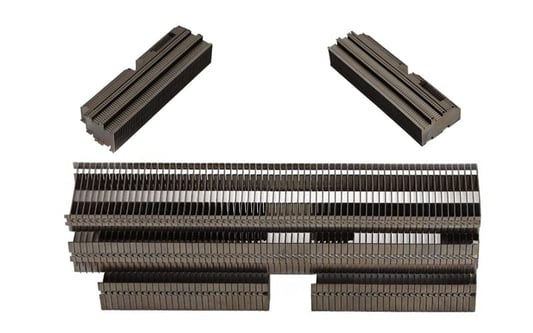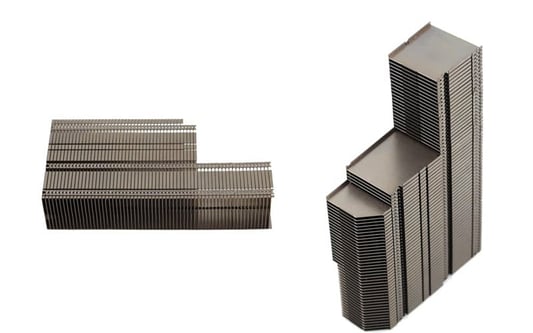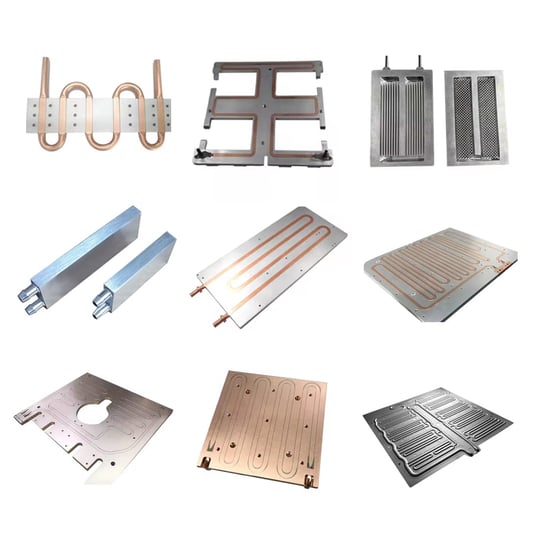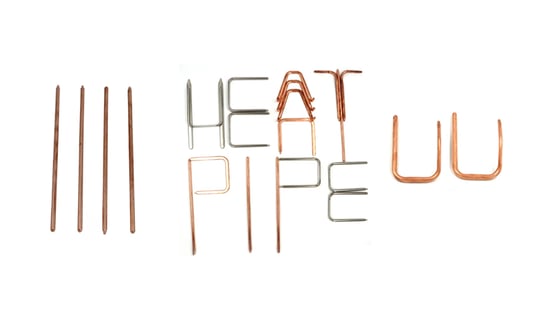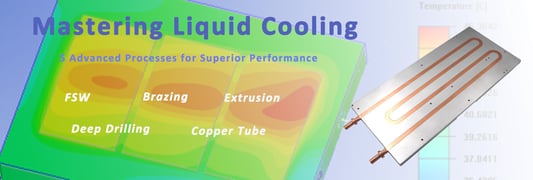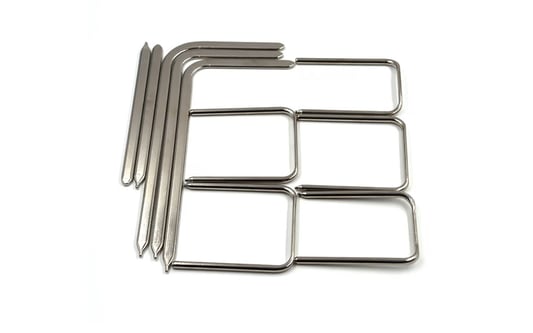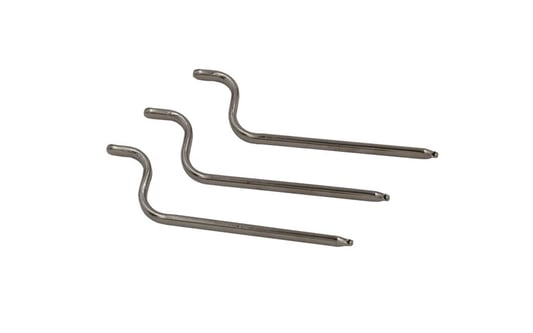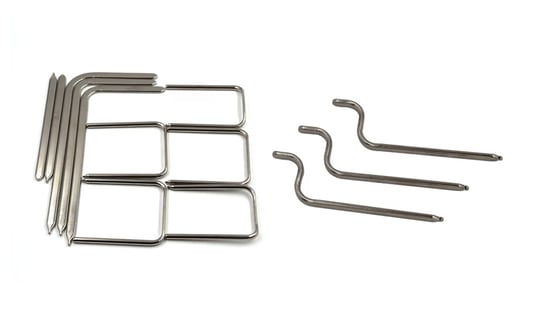stamping heat sink material is a crucial component in the design and production of electronic devices. It plays a key role in dissipating heat from high-power components, ensuring optimal performance and longevity. In this article, we will explore the various advantages of using stamped heat sink material in electronic products.Efficient Heat DissipationOne of the primary benefits of using stamped heat sink material is its excellent heat dissipation properties. By transferring heat away from sensitive electronic components, stamped heat sinks help prevent overheating and thermal damage, ultimately improving the overall performance and reliability of electronic devices.Cost-Effective ManufacturingStamping heat sink material is a cost-effective manufacturing solution for electronic components. The stamping process allows for high-volume production at a lower cost compared to traditional machining methods. This results in significant savings for manufacturers without compromising on quality.Customization OptionsStamped heat sink material offers a wide range of customization options to meet the specific needs of different electronic devices. Manufacturers can easily adjust the size, shape, and design of stamped heat sinks to optimize heat dissipation and fit within the constraints of the electronic product.Lightweight and Compact DesignStamping heat sink material is known for its lightweight and compact design, making it an ideal choice for modern electronic devices that prioritize portability and space-saving. The efficient heat dissipation capabilities of stamped heat sinks allow for sleek and compact product designs without compromising on performance.Improved Thermal ManagementStamped heat sink material plays a crucial role in thermal management for electronic components. By effectively transferring and dissipating heat, stamped heat sinks help maintain optimal operating temperatures for sensitive electronic parts, reducing the risk of thermal throttling and performance degradation.Durability and LongevityStamping heat sink material is highly durable and long-lasting, providing reliable heat dissipation for electronic devices over an extended period of time. The robust construction of stamped heat sinks ensures resistance to wear and tear, making them a sustainable solution for electronic manufacturers.Compatibility with Different MaterialsStamped heat sink material is compatible with a wide range of materials commonly used in electronic components, including aluminum, copper, and various alloys. This versatility allows manufacturers to choose the most suitable material for specific application requirements, ensuring optimal performance and heat dissipation.Enhanced Thermal PerformanceBy incorporating stamped heat sink material in electronic components, manufacturers can achieve enhanced thermal performance and stability. The efficient heat dissipation properties of stamped heat sinks help maintain consistent temperatures within electronic devices, improving overall reliability and functionality.Energy EfficiencyStamped heat sink material contributes to energy efficiency in electronic devices by reducing the need for excessive cooling mechanisms. By effectively dissipating heat and maintaining optimal operating temperatures, stamped heat sinks help minimize energy consumption without compromising on performance, making electronic products more eco-friendly.Industry ApplicationsStamping heat sink material finds a wide range of applications across various industries, including telecommunications, automotive, consumer electronics, and aerospace. From mobile phones to satellites, stamped heat sinks play a vital role in ensuring the reliable performance of electronic devices in diverse environments and conditions.Quote Inquirycontact us


